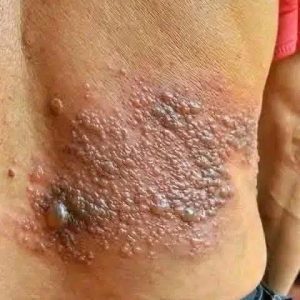Chin whiskers in women are more common than many think and can range from light and fine to dark and coarse. While some women have only a few stray hairs, others notice more visible growth. According to the article, *“Understanding the underlying causes of chin whiskers is very important for managing them effectively.”* Hormones, genetics, and medical conditions all play a role.
Hair growth is influenced by the hair cycle—growth, transition, and rest—and by androgens like testosterone. *“An imbalance or increased sensitivity to these hormones can lead to more noticeable facial hair.”* Women naturally produce androgens, but high levels or sensitivity can trigger unwanted growth.
Hormonal shifts due to conditions like PCOS, menopause, or birth control use can lead to chin whiskers. PCOS, for example, causes *“elevated androgen levels, causing hirsutism,”* or male-pattern hair growth.
Genetics and ethnicity matter, too. *“If your mother or grandmother had chin whiskers, you might be more likely to experience them.”* Women of Middle Eastern, Mediterranean, and South Asian descent are more prone to facial hair.
Medical issues like adrenal disorders, Cushing’s syndrome, or hypothyroidism can also increase facial hair. Sudden changes should be checked by a doctor to rule out serious causes.





